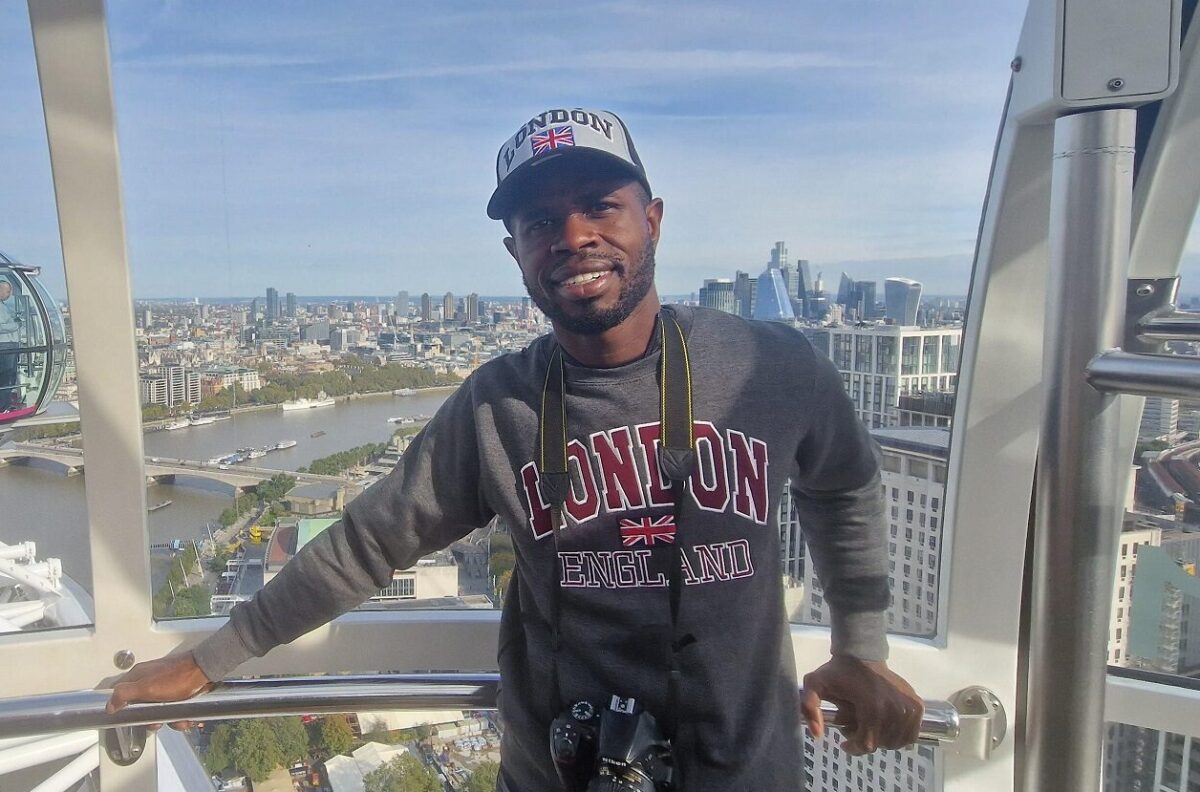Clifton Bridge Suitcase Killer: Colombian man Yostin Mosquera jailed for life after dismembering London couple

Yostin Mosquera sentenced to life for double murder
In one of the most gruesome murder cases to shock the UK, Yostin Andres Mosquera, a 35-year-old Colombian national, has been sentenced to life imprisonment for killing and dismembering two men, Albert Alfonso and Paul Longworth, before attempting to dispose of their remains in suitcases near the Clifton Suspension Bridge in Bristol.
The sentencing, delivered at Woolwich Crown Court, marks the end of what investigators described as “one of the most harrowing and disturbing murder inquiries” in recent British history.
How the Chilling Case of Yostin Mosquera Unfolded
Mosquera, who met his victim Albert Alfonso online in 2012, was invited to the UK after years of contact involving explicit exchanges and paid sexual videos. In 2023, Alfonso paid for Mosquera’s trip to London, where he stayed with Alfonso and his civil partner, Paul Longworth, at their flat in Shepherd’s Bush, west London.

By July 2024, Mosquera’s second visit turned deadly. He bludgeoned Longworth to death with a hammer before stabbing Alfonso multiple times during what prosecutors described as a “filmed extreme sex session.” He later decapitated and dismembered both men, freezing parts of their bodies and stuffing others into suitcases.
Suitcases of Horror: The Clifton Bridge Discovery
Two days after the murders, Mosquera was spotted near the Clifton Suspension Bridge dragging a large red suitcase and a silver trunk. Witnesses became suspicious after noticing fluid leaking from the bags. When approached by bridge staff, Mosquera claimed the leakage was oil, then fled.
Upon inspection, authorities found human remains inside. The grim discovery triggered a joint investigation between the Metropolitan Police and Avon and Somerset Police, leading to Mosquera’s arrest shortly after.
Detectives later revealed that Mosquera had searched online for deep freezers and ways to dispose of bodies, as well as making Google Translate queries about fatal head injuries, chilling evidence of premeditation.
READ ALSO
Inside the Courtroom: A Gruesome Trail of Evidence
During the trial, jurors were shown disturbing footage of Mosquera singing and dancing after stabbing Alfonso, and evidence that he attempted to steal £4,000 from the victims’ bank accounts immediately after their deaths.

Justice Bennathan described the murders as “thoroughly wicked and premeditated crimes,” adding that Mosquera “may never be safe to set free.” The judge imposed a minimum sentence of 40 years and 264 days, emphasizing the brutality and calculated nature of the killings.
Mosquera showed no visible remorse during sentencing, only smiling as he shook hands with his interpreter before being led away.
Sexual Exploitation, Violence, and Deception
Evidence revealed that Alfonso had long engaged in extreme sexual practices that he filmed and shared online. Over the years, his interactions with Mosquera escalated from consensual video exchanges to exploitation.
Mosquera claimed in court that Alfonso “raped him daily” and that the killings occurred after he “lost control.” However, prosecutors dismissed this claim as false, noting no evidence of coercion or mental illness and emphasizing that Mosquera’s actions, including freezer orders and disposal plans, proved his intent and composure.
Convicted of Child Exploitation Offences
Adding to the horror, Mosquera also pleaded guilty to three charges of possessing indecent images of children, totaling over 6,000 explicit files. Justice Bennathan called the content “appalling and depraved,” sentencing him to an additional 16 months, to run concurrently with his life term.
Investigators Still Searching for Answers
Despite the conviction, detectives remain puzzled as to why Mosquera chose Bristol as his dumping ground. Det. Insp. Neil Meade of Avon and Somerset Police remarked, “He could have committed almost the perfect murder, he didn’t need to dismember them or travel to Bristol.”
The case, described as “one of the most disturbing in modern British crime,” continues to raise questions about online exploitation, sexual violence, and transnational criminal behavior.
FAQs on the Yostin Mosquera Case
1. Who is Yostin Mosquera?
Yostin Andres Mosquera is a 35-year-old Colombian man sentenced to life imprisonment in the UK for murdering Albert Alfonso and Paul Longworth, dismembering their bodies, and attempting to dump the remains near Clifton Suspension Bridge.
2. What crimes was Mosquera convicted of?
He was convicted of two counts of murder and three counts of possessing indecent images of children. His life sentence carries a minimum term of 40 years.
3. How did the murders happen?
Yostin Mosquera killed Paul Longworth with a hammer and stabbed Albert Alfonso during a filmed sex session. He then dismembered their bodies, froze parts, and placed others in suitcases.
4. Where were the victims found?
Some remains were found in their Shepherd’s Bush flat in west London, while others were discovered near the Clifton Suspension Bridge in Bristol.
5. Why did Yostin Mosquera take the bodies to Bristol?
Investigators remain unsure. Police believe he planned to throw the suitcases off the bridge to dispose of evidence, but fled when confronted by staff.
6. What was Mosquera’s relationship with the victims?
He met Alfonso online in 2012. Alfonso paid Mosquera for sexual videos and later invited him to London. The relationship was described as “transactional and exploitative.”
7. Did Yostin Mosquera show any remorse?
No. Witnesses reported that Mosquera appeared emotionless during trial and even smiled after sentencing.
8. What other crimes was he involved in?
In addition to the murders, Yostin Mosquera was found to have thousands of child abuse images on his laptop, leading to concurrent sentences.
9. Will Yostin Mosquera be deported?
If ever released, the court ordered that Mosquera be deported back to Colombia.
10. Why is the case considered one of the UK’s worst murders?
Because of its extreme violence, sexual nature, and the calculated dismemberment of two victims, all captured in disturbing digital evidence.

